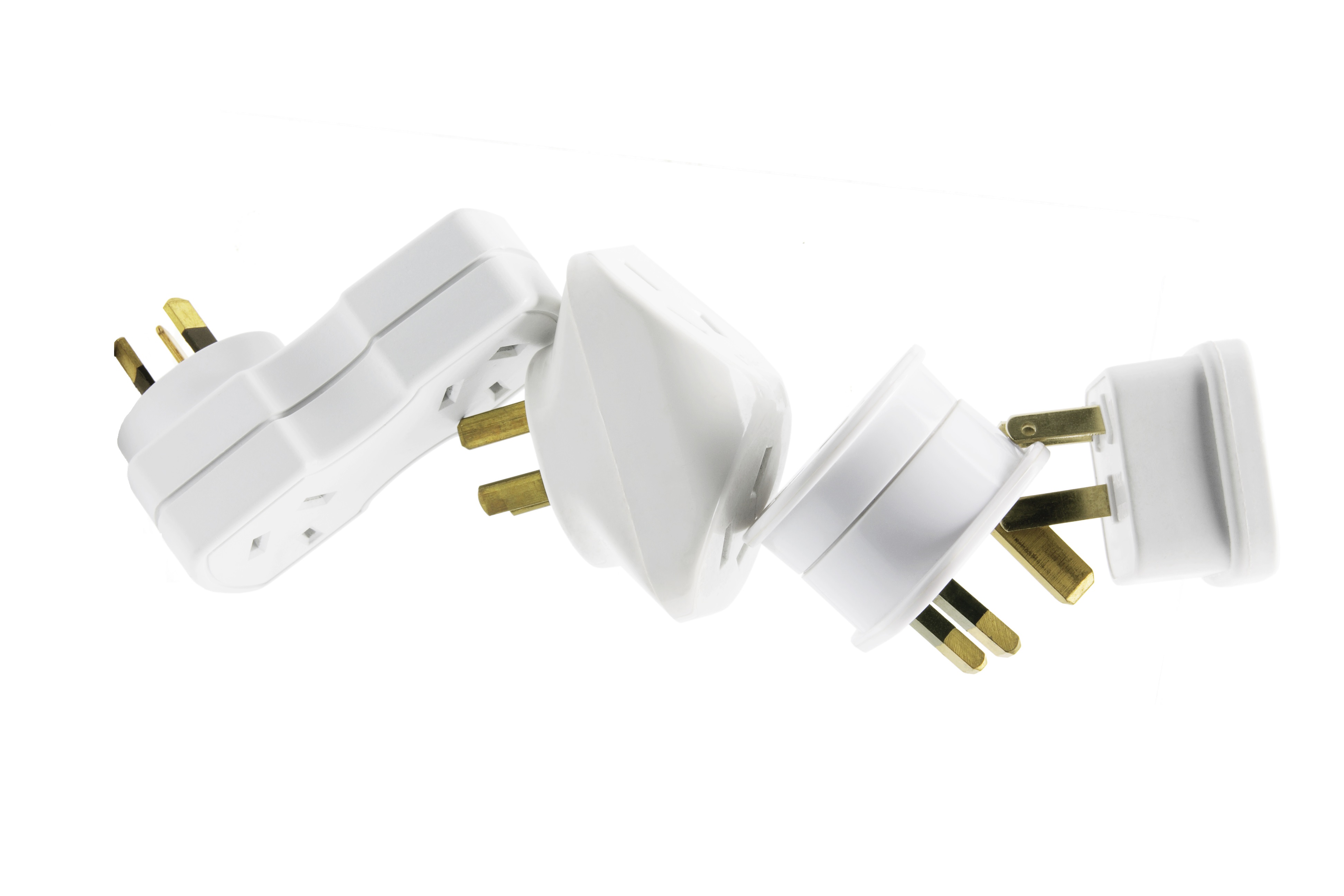


Voltage converter What is the difference between a power converter and a transformer?Ĭonverters and transformers are both used to change one voltage to another, but this ambiguity can cause confusion as their purposes are different: In order to use any 100, 110 or 120 volt appliance in Vietnam you will need a step down power converter.

Read our comprehensive guides on travelling with curling irons, clothes irons, hairdryers and hair straighteners in Vietnam which includes guides on some affordable dual voltage alternatives.It will be more cost effective to purchase a smaller robust dual voltage travel appliance than paying for a heavier high wattage power converter simply to use your existing domestic appliance.If powering high wattage appliances or generate heat (for example curling irons and hair dryers) then you will need to use a more expensive higher wattage heavy duty power converter.You won't need a converter if you are attempting to recharge a smaller electrical device such as a tablet or mobile phone as these are typically designed for international use and dual voltage, however you should always always check the device for dual voltage support prior to your journey.Typically, electrical devices which are designed to work with a lower voltage (such as 110 volts) and used with 220 volts run a risk of damage to your device, an electrical fire hazard or blowing a fuse unless you use a step down power converter.You shouldn't need a power converter if you already use either a single voltage appliance that works with 220 volts or one that is dual voltage.Read our world power outlets page to see which voltage your country uses. A step down power converter is needed if you are travelling from a country that uses 100-120 volts and your appliance is incompatible with 220 volts.If you are travelling to Vietnam from a different country please ensure your device can be used with a 220 volt power supply. Learn more about power adapters Do I need a power converter for Vietnam?


 0 kommentar(er)
0 kommentar(er)
